In the face of rapidly expanding urban populations, many questions have arisen about how localities should address the growing demand for housing. In the midst of the shrinking housing supply and affordability problems, the case for density bonuses in urban development has never been more compelling. According to recent data, our nation is facing a housing crisis, with a staggering shortage of 3.8 million housing units. In this context, the role of density bonuses emerges as a potential game-changer. But what exactly is a density bonus? And how can it improve the current predicament?
InclusionaryHousing.org defines density bonuses as “[providing] an increase in allowed dwelling units per acre (DU/A), Floor Area Ratio (FAR) or height which generally means that more housing units can be built on any given site.” In essence, density bonuses incentivize developers to increase the density of new development projects by adding more units. For example, a developer could receive an FAR bonus for including affordable housing in a development. This bonus would increase the total number of potential housing units on the development.
Enacting density bonuses can benefit a community in many ways – from alleviating the affordable housing crisis to fostering sustainable growth, enhancing public infrastructure, and creating vibrant, economically thriving urban centers. Density bonuses have proven to be a powerful tool to transform cities into more livable, equitable, and sustainable spaces and they should be used by modern cities to address some of the most pressing challenges of our time. Addressing the shortage of affordable housing, properly implemented density bonuses can incentivize growth and combat the current scarcities.
Additionally, promoting urban density is inherently more sustainable than urban sprawl. It reduces the need for long commutes, which, in turn, decreases greenhouse gas emissions. By concentrating development around public transit centers, density bonuses encourage the use of mass transit, walking, and cycling. Implementing higher density housing would enhance public health and the quality of life for urban residents. Reduced reliance on cars and improved access to public transportation not only mitigates congestion and pollution but also encourages physical activity and fosters a healthier, more vibrant urban lifestyle.
Along the same lines, density bonuses can be used to fund and support the development of public infrastructure – including transportation infrastructure. Through density bonus legislation, developers can be required to contribute to the construction of parks, schools, or transportation systems in exchange for the right to build more densely. This approach ensures that as cities grow, they do so with adequate facilities and services that benefit all residents. By linking development incentives to public infrastructure investment, cities can proactively address the needs of their expanding populations, fostering a more functional and prosperous urban environment.
When asked for her thoughts on the use of density bonuses and the current state of the housing market, SCCAR President Gina Akins stated that, “there are a lot of challenges in the market right now. There must be a focus on striking the right balance between incentivizing development and safeguarding public interests.”
Despite the numerous advantages of density bonuses, it’s important that cities not be hasty and that they implement these policies carefully. Clear guidelines, community input, and rigorous oversight of the writing of density bonus legislation are crucial to ensure that these bonuses serve the best interests of both the community and developers.
Our cities are in desperate need of bold action that promotes transformation, growth, and equitable progress. The verdict on density bonuses is in, and it is a resounding affirmation of their ability to shape our cities into thriving, harmonious communities. By utilizing such incentives, we can create a brighter future for the urban landscape across Washington – a verdict that holds the promise of more sustainable, inclusive, and prosperous cities for generations to come.
For more information about buying or selling a home, be sure to work with a REALTOR®, a member of the National Association of REALTORS®. Snohomish County Camano Association of REALTORS® is the voice for real estate in Snohomish County. If you have questions for The Expert about real estate email us at [email protected], or visit www.sccar.org for more information.



